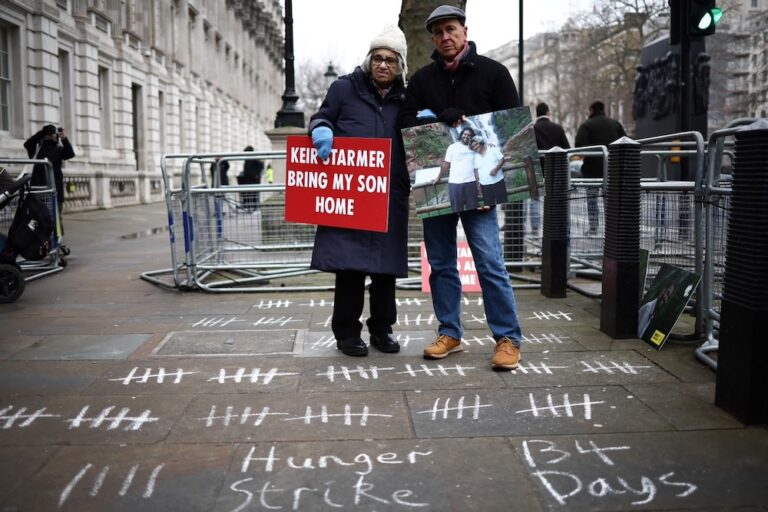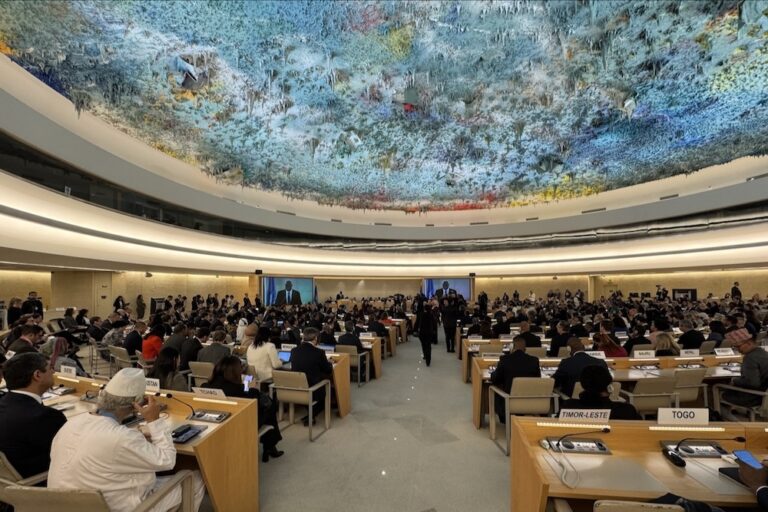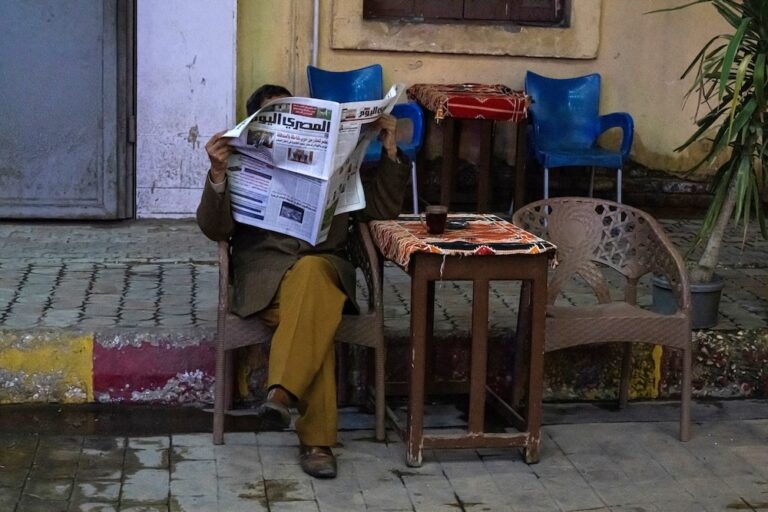(CIHRS/IFEX) – The following is an 8 November 2005 CIHRS press release: Flagrant bias in favor of the ruling party’s candidates First Progress Report on monitoring the media coverage of Egypt’s Parliamentary Elections The Cairo Institute for Human Rights Studies (CIHRS) held a press conference today to announce the findings of the first progress report […]
(CIHRS/IFEX) – The following is an 8 November 2005 CIHRS press release:
Flagrant bias in favor of the ruling party’s candidates
First Progress Report on monitoring the media coverage of Egypt’s Parliamentary Elections
The Cairo Institute for Human Rights Studies (CIHRS) held a press conference today to announce the findings of the first progress report by its media monitoring team. The report evaluates the performance of independent and state-owned mass media during the first round of parliamentarian elections (August 27 – November 5 2005). It covers 8 state-owned TV channels (Chs. 1, 2, 4, 6, 8 and the Parliament’s TV station), two private channels (Dream 2 and al-Mehwar), in addition to 17 private and state-owned newspapers.
The following is a review of the main features of the report:
First: The candidates’ campaigns were not covered by TV stations as much as they were covered by the press. The NDP (ruling party) candidates enjoyed the lion’s share of TV coverage: 68% of total coverage by Ch.1, 58% of total coverage by Ch.6, and 66% of total coverage by the Parliament’s TV station. These figures indicate that the relative non-bias displayed by TV channels during the presidential elections is absent from the coverage of the current parliamentarian elections. Coverage of the NDP far exceeds that of the other political forces, and reflects the imbalance of political power in favor of the NDP.
Second: State-owned newspapers were highly biased, far exceeding their bias toward the NDP’s candidate during the presidential elections. Coverage of the NDP reached 76% of total coverage of various political parties and forces. This bias reached its peak in al-Ahram daily (95%) and al-Akhbar newspaper (86%).
Third: The first part of the front pages of most state-owned newspapers were earnestly and repeatedly dedicated in a noticeable way to coverage of the NDP candidates’ conferences, review of achievements or positive decisions by the government or the president during electioneering. Even in internal pages, media and news coverage of the NDP candidates were clearly positioned, usually at the top or the center of the page. Coverage usually included large and sometimes colored photos.
Fourth: Widespread use of religion and religious slogans in electioneering was very noticeable, although it contravenes rules regulating parliamentarian elections. However, such use was not limited to NDP candidates who continued to use Quaranic verses and religious slogans in paid advertisements and electioneering in general. Muslim brothers also made extensive use of religion and religious references. This is one of the substantial points upon which criticisms and negative coverage of Muslim brothers were based, not only on the part of state-owned newspapers, in particular Rosalyoussef newspaper, but also in criticism by private and partisan newspapers.
Fifth: Private newspapers, in particular el-Masri el-Youm and Nahdet Masr, continued to provide professional and balanced media coverage at both the level of information and analysis, necessary for voters to make informed decisions. The private newspapers continued to maintain the unbiased performance they displayed during the presidential elections.
Finally, the CIHRS hopes that concerned parties take the findings of this report into consideration, review whatever CIHRS failed to monitor and correct where the report might have erred.


